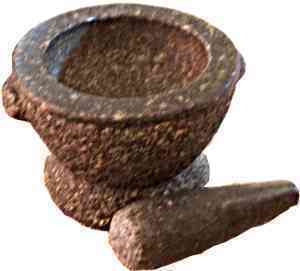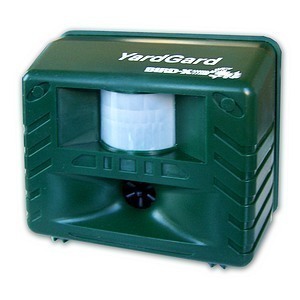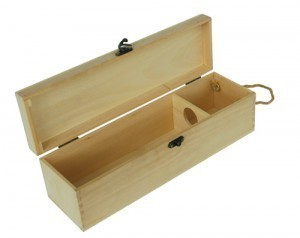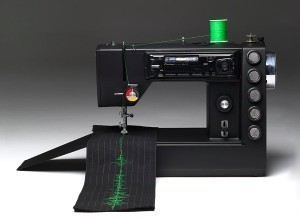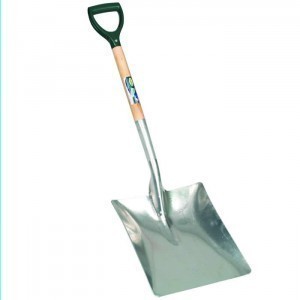Trowel Dimensions
Trowel dimensions vary depending on what they will be used for. Tho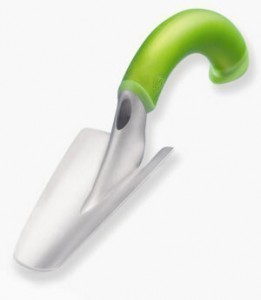 se used for tiling range from 3/16" V-notch up to the ½ inch square notch. If you’re tiling, the basic rule is this: small tiles need small trowels and large tiles need large trowels.
se used for tiling range from 3/16" V-notch up to the ½ inch square notch. If you’re tiling, the basic rule is this: small tiles need small trowels and large tiles need large trowels.
Trowel Sizes and Usage
The .3/16" – 1 to 4 1/4" /4" V-notch are most suited for floor to wall mosaics and glazed wall tile (4 1/4"). The 1/4" x 1/4" square notch is often used for 4" tumbled marble wall to 6 and 8 inch wall tile.
Square notches measuring 1/4" x 3/8" are utilized for floor (6" and 8") and walls and floor (12" and 13"). The 1/2" x 1/2" square / round is best for 12" and 13" (thick) and 16” upward, both walls and floors.
Remember the trowel dimensions are designed to provide adequate mortar bed below the tiles. This is necessary for durability reasons. Your goal of course, is to have the mortar stick to the tile minus voids. A lot of people like to use smaller trowels.
If it’s your first time to tile, it’s best to go with a larger trowel. If you are not sure ask the person whom you bought the grout / mortar from. They will know what type to use.
Other Types of Trowels
There are many kinds of trowels, each with their own specific purposes. The gardening trowel has a pointed metal blade with a handle. It is primarily used for breaking up dirt and making small holes in the earth. This trowel is utilized extensively for planting and adding fertilizer. The gardening trowel dimensions also vary like those used for tiling.
The trowel used for layering mortar is called a bricklayer’s trowel. It’s the same one used for flattening cement and shaping bricks. The bricklayer’s trowel (also known as pointing trowel) has a flat blade.
A tuck pointing trowel is utilized for putting mortar in-between bricks. While their sizes vary, most are made of carbon steel. Some new types are made of stainless steel to prevent rust.
Archaeologists rely on 4 inch steel pointing trowels for their job. This tool allows for scraping of the strata, revealing the soil colors. In the UK, the WHS 4" pointing trowel is regarded as the standard. There are no standard trowel dimensions or brands in the United States.
Trowels for Concrete and Other Tasks
The float trowel is rectangular and utilized for applying or smoothening the upper concrete layers. The gauging trowel comes with a rounded tip to help mix plaster. The pool trowel on the other hand, is used for applying several coats for concrete. This is typically used on swimming pool decks.
The margin trowels are best used to apply grout. The notch trowels are also used for grout application as well as ceramics. There is also a palette knife called a trowel used in painting.
If you’re still not sure of the correct trowel dimensions to use, examine different trowels. You’ll be able to see what type they are best used for.
